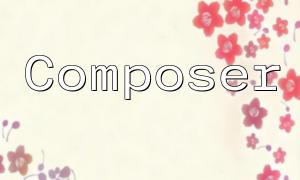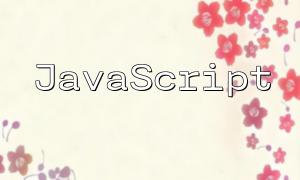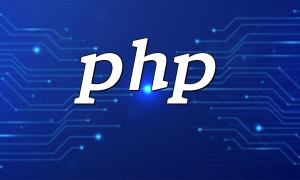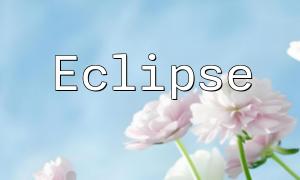In modern web development, the choice of programming languages and platforms directly impacts development efficiency and code quality. JAP (Java Application Platform) and PHP (Hypertext Preprocessor) are two widely used technologies, each showing unique strengths in different scenarios. This article provides a detailed comparison of their features, advantages, disadvantages, and practical applications to help developers make informed technical decisions.
JAP is a Java-based application development platform that emphasizes system scalability and security, suitable for enterprise-level projects with complex business logic and high performance requirements. Its mature ecosystem provides strong support for developing large-scale applications.
PHP is a popular server-side scripting language known for its simple syntax and rich functionality, widely used in web development. PHP is particularly suitable for small to medium projects and content management systems (CMS) like WordPress, supporting rapid development and deployment.
In terms of performance, JAP excels in high concurrency environments thanks to Java's multithreading capabilities and efficient memory management, making it suitable for complex transaction processing and enterprise applications.
PHP responds quickly when handling simple requests, with low system overhead, making it ideal for small websites and information display applications where speed and cost are critical.
PHP has a simple syntax and a lower learning barrier. Rich documentation and community resources enable beginner developers to quickly get started and implement basic functions.
In contrast, JAP has a steeper learning curve, requiring developers to have solid Java foundations and deep understanding of the ecosystem. However, once mastered, JAP supports the development of high-performance and complex systems.
JAP is suitable for large enterprise systems, financial services, and e-commerce platforms that demand high security and performance. Stability and reliability are critical in these projects.
PHP is commonly used for small to medium websites, blogs, and e-commerce platforms, especially in projects requiring rapid development and frequent iteration. Developers can leverage abundant frameworks and CMSs to quickly build and enhance features.
The choice between JAP and PHP should be based on specific project needs and trade-offs. JAP fits enterprise applications that require handling high concurrency and complex business logic, while PHP is better suited for small projects emphasizing rapid development and cost efficiency. Selecting the right technology stack is key to project success.








